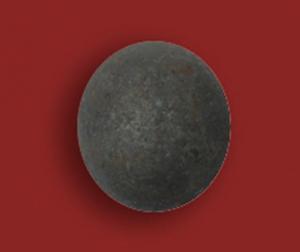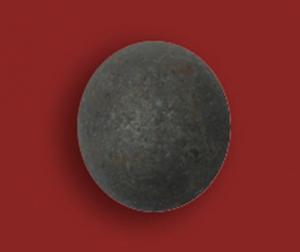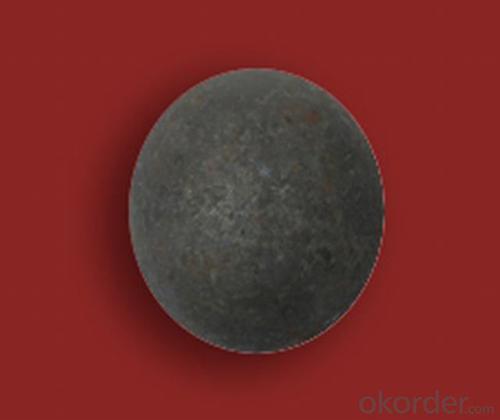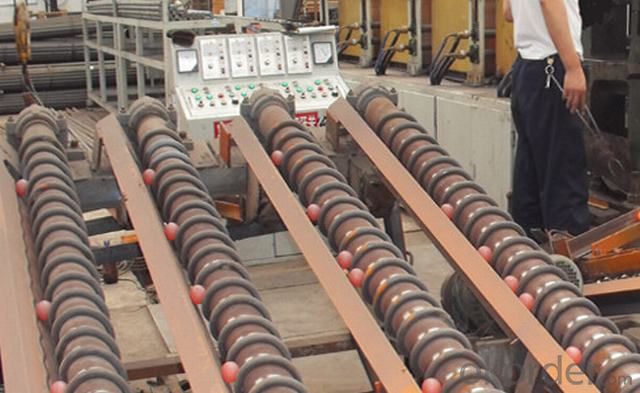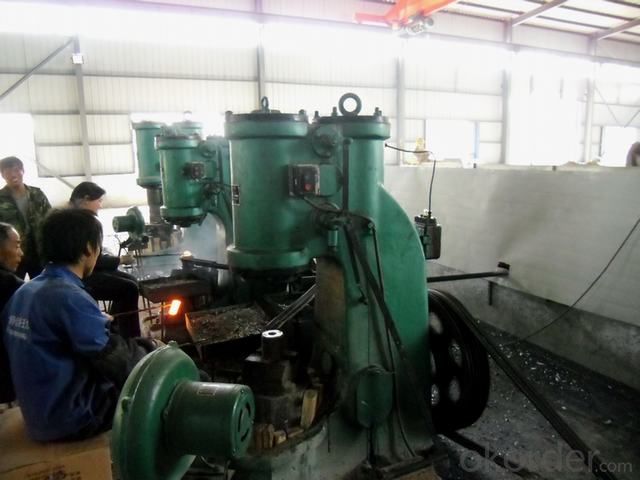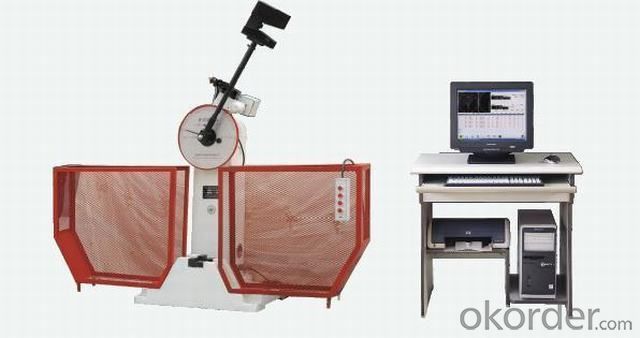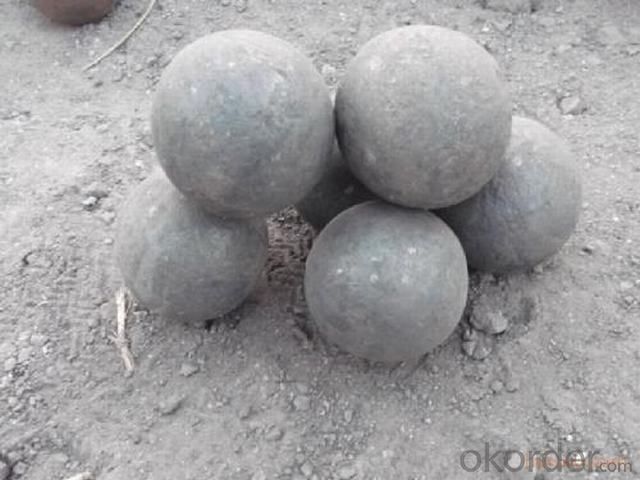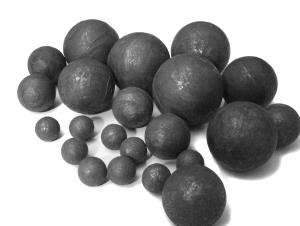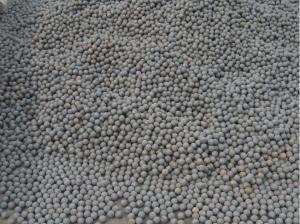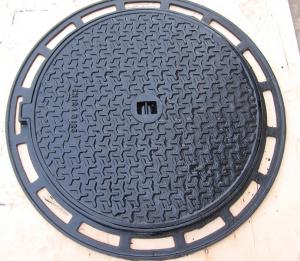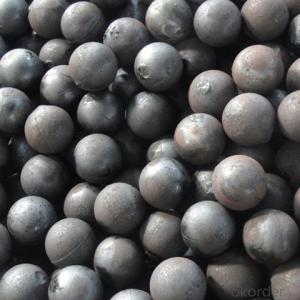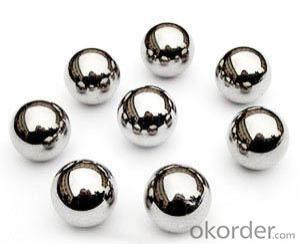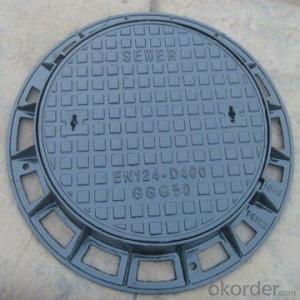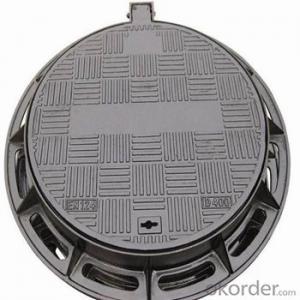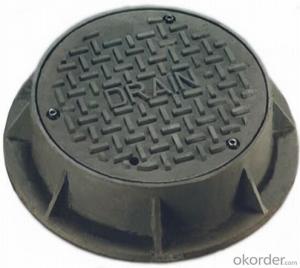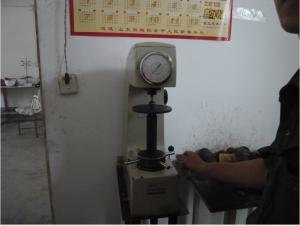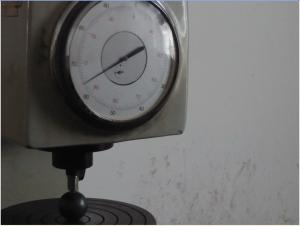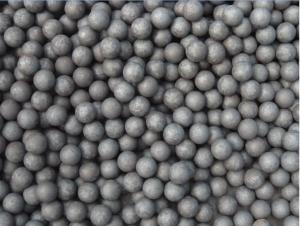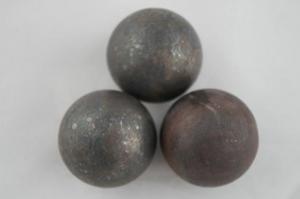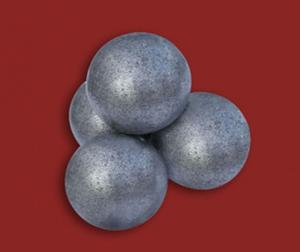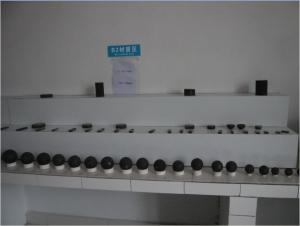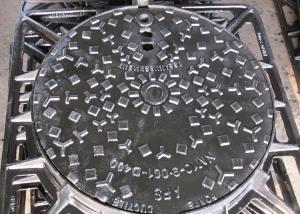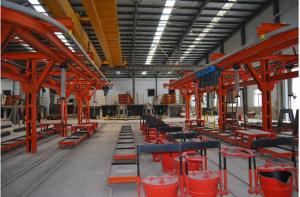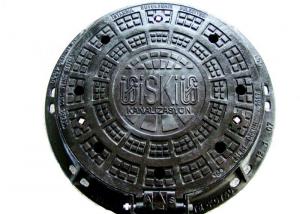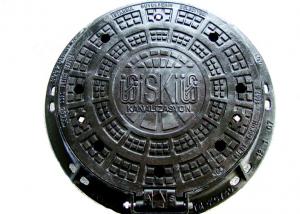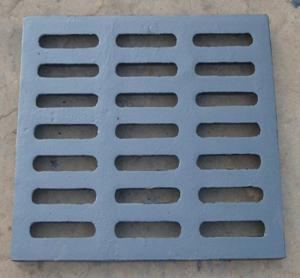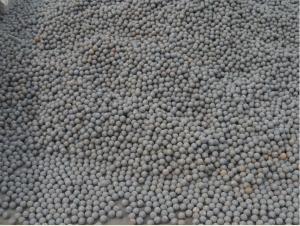Alloy Carbon Grinding Ball With no Breakage and High Wear Resistance Rate
- Loading Port:
- Qingdao Port
- Payment Terms:
- TT or LC
- Min Order Qty:
- 25M.T. m.t.
- Supply Capability:
- 200000M.T./Year m.t./month
OKorder Service Pledge
OKorder Financial Service
You Might Also Like
Chemcial Elements of Alloy Carbon Grinding Ball With no Breakage and High Wear Resistance Rate
Name | Chemical Elements (%) | |||||||
C | Si | Mn | Cr | Mo | Cu | P | S | |
Low Cr Balls | 2.2-2.5 | ≤1.2 | 0.5-1 | 0.8-1.8 | 0.6-1 | ≤1 | ≤0.05 | ≤0.05 |
Middle Cr Balls | 2.2-3.3 | ≤1.2 | 0.5-1 | 3-6 | 0.6-1 | ≤1 | ≤0.05 | ≤0.05 |
Normal High Cr | 1.6-3.3 | ≤1.0 | 0.5-1 | 10-13 | 0.8-1 | ≤0.6 | ≤0.05 | ≤0.05 |
Special High Cr | 2.0-3.3 | ≤1.o | 2.1-3 | 15-23 | 0.8-1 | ≤0.6 | ≤0.05 | ≤0.05 |
Type and Chemical Composition of Alloy Carbon Grinding Ball With no Breakage and High Wear Resistance Rate
Brand | Grade | C | Mn | Si | Cr | S | P |
Dp-1 | 50Mn | 0.48-0.56 | 0.70-1.0 | 0.17-0.37 | 0.25max | 0.035max | 0.035max |
Dp-2 | 60Mn | 0.57-0.65 | 0.70-1.0 | 0.17-0.37 | 0.25max | 0.035max | 0.035max |
Dp-3 | 65Mn | 0.6-0.7 | 0.9-1.2 | 0.17-0.37 | 0.25max | 0.035max | 0.035max |
Dp-4 | 75MnCr | 0.70-0.85 | 0.7-0.8 | 0.17-0.37 | 0.2-0.7 | 0.03max | 0.03max |
Dp-5 | Rail IronⅠ | 0.5-0.65 | 0.60-1.0 | 0.15-0.37 | 0.25max | 0.04max | 0.04max |
Dp-6 | Rail IronⅡ | 0.60-0.8 | 0.90-1.2 | 0.20-0.40 | 0.20-0.8 | 0.07max | 0.03max |
Weight and Microstructure of Alloy Carbon Grinding Ball With no Breakage and High Wear Resistance Rate
Norminal Diameter | Diametrical Tolerance(mm) | Approx Weight of Single Ball(kg) | Average Number of One MT | Microstructure |
25mm/1'' | +1.5,-0.5 | 0.064 | 15625 | M+B+C (M-Martensite;B-Bainitic;C-Carbide) |
30mm/1.25'' | +1.5,-0.5 | 0.11 | 9090 | |
40mm/1.5'' | +2.0,-1.0 | 0.26 | 3846 | |
50mm/2'' | +2.0,-1.0 | 0.51 | 1961 | |
60mm/2.5'' | +3.0,-2.0 | 0.89 | 1124 | |
70mm/2.75'' | +3.0,-2.0 | 1.4 | 714 | |
80mm/3.25'' | +3.0,-2.0 | 2.1 | 476 | |
90mm/3.5'' | +3.0,-2.0 | 3 | 333 | |
100mm/4'' | +4.0,-3.0 | 4.1 | 244 | |
110mm/4.5'' | +4.0,-3.0 | 5.47 | 283 | |
120mm/4.7" | +4.0,-3.0 | 7.1 | 141 | |
130mm/5'' | +4.0,-3.0 | 9.02 | 111 |
Applied of Alloy Carbon Grinding Ball With no Breakage and High Wear Resistance Rate
Mine
Cement Plant
Power Station
Chemical Industry and etc.
Package of Alloy Carbon Grinding Ball With no Breakage and High Wear Resistance Rate
iron drum(850-920kg per drum)
bag package(1000kg per bag)
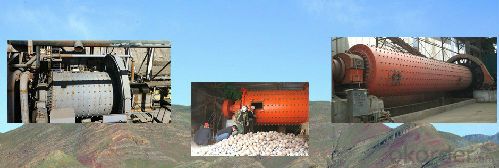
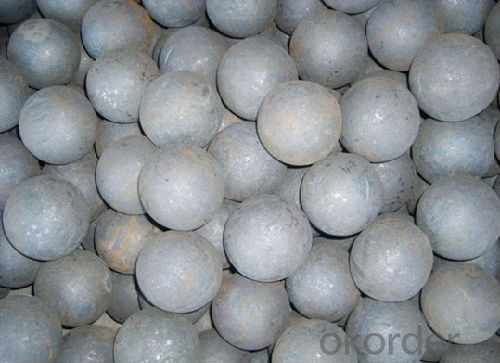
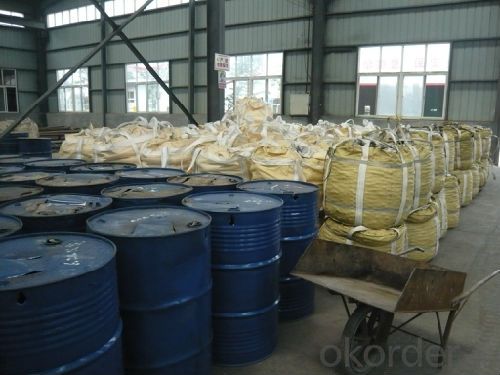
- Q: Why does the precision casting factory not usually make iron castings?
- Because it is too cheap, the design of materials is cast iron, generally do not have very high requirements.
- Q: Why does the surface of stainless steel casting mirror mirror ripple?
- Those should be head prints. If required, it would be better to throw with a single grinding head.
- Q: What's the effect of casting copper?
- Riga. Copper is copper components, promote the graphitization of the copper element, make dense tissue, and to refine and improve the uniform distribution of graphite, which can reduce the chilling tendency of the cast iron, but also can promote the formation of pearlite, has a favorable effect on the section sensitivity. Copper has the tendency to strengthen cast iron, ferrite and pearlite, so it can increase the strength of cast iron. The tensile strength and bending strength of cast iron almost increase with the amount of copper in it, especially in low carbon cast iron.
- Q: What are the effects of stiffeners on castings, or on welded parts (for 2 tons or less), casting or weldments on stiffeners?
- Please consider the following points:1, batch: if the product batch is very large, casting will certainly have advantages, cost sharing will be very low. If less, it is recommended to use weldments.2. Reinforcement structure: if the structure is relatively simple, it is recommended to use welded parts, complex, preferably casting.
- Q: It is generally said that cast iron is re smelted by pig iron. My question is..:1 pig iron for melting iron, is directly cast into products (such as bed cover, etc.); or that is just the first pig iron smelting iron casting, such as to cover, bed and other products, will once again cast iron melt to casting?2, there are many castings to the engine. Are these castings made by the engine manufacturer themselves or bought by others?There is no need to answer all. Thank you!!!
- The molten iron (molten iron, scrap steel, scrap casting, iron alloy) is melted into cast iron by means of an electric furnace or cupola, and is poured into a casting.
- Q: Casting parts have poor surface finish. What sand is used to make them?
- Manual coal dust, clay sand is a little worse. Mechanical styling is not bad either.
- Q: What are the causes of pitting on the surface of a precision casting?
- There is a bump on the mold. Or casting cooling fast.
- Q: We are small castings, the need for surface treatment of shot blasting machine, about how much?
- according to the comprehensive consideration of factors such as yield, size of workpiece commonly used on the market the crawler shot blasting machine has Q324, Q326, Q328, Q3210, and each time the amount of their treatment were 125KG, 200KG, 400KG, 600KG, the specific use of what types also need to be determined according to the actual situation
- Q: What are the general technical requirements for casting parts?
- Satisfy appearance quality (appearance defect, quality change, size deviation)Intrinsic quality (composition, properties, internal organization)Service performance (abrasion resistance, corrosion resistance, heat resistance, pressure resistance)
- Q: ZGMn13 casting parts processing, with what knife head good?
- The ZGMn13 itself is not have processing, if only the processing point, sharpening, ordinary can, if the processing area is relatively large, ZGMn13 external impact load is bigger, its surface wear resistance is high; the two is with the gradual wear of surface hardening, the hardening layer is continuously formed new if you have suggestions, processing, plasma cutting or flame cutting try
1. Manufacturer Overview
| Location | Shandong, China |
| Year Established | 2000 |
| Annual Output Value | Above US$100 Million |
| Main Markets | Africa; Mid East;South Asia;Southeast Asia;Eastern Asia;Southern Europe |
| Company Certifications | ISO9001;IS014001 Certificate |
2. Manufacturer Certificates
| a) Certification Name | |
| Range | |
| Reference | |
| Validity Period |
3. Manufacturer Capability
| a) Trade Capacity | |
| Nearest Port | Qingdao Port; Tianjin Port; Shanghai Port |
| Export Percentage | |
| No.of Employees in Trade Department | 6-10 People |
| Language Spoken: | English;Chinese; |
| b) Factory Information | |
| Factory Size: | Above 40,000 square meters |
| No. of Production Lines | Above 10 |
| Contract Manufacturing | Grinding Ball; Grinding Rod; Cylpeb; Grinding Media; Ball Mill Ball |
| Product Price Range | Average |
Send your message to us
Alloy Carbon Grinding Ball With no Breakage and High Wear Resistance Rate
- Loading Port:
- Qingdao Port
- Payment Terms:
- TT or LC
- Min Order Qty:
- 25M.T. m.t.
- Supply Capability:
- 200000M.T./Year m.t./month
OKorder Service Pledge
OKorder Financial Service
Similar products
Hot products
Hot Searches
